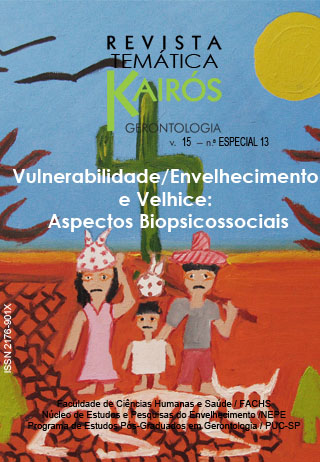Grandparents Day: social and educational activities and intergenerational successful
DOI:
https://doi.org/10.23925/2176-901X.2012v15iEspecial13p393-405Keywords:
Elderly, Between Generations, Education, GerontologyAbstract
The Grandmother's Day is celebrated on July 26 to stimulate social interaction different generations and reflections on the human aging and old age. Given the potential benefits of interventions and intergenerational socioeducational, the aim of this paper is to present a report on activities undertaken during an event on Grandma's Day. This event took part in a public park in São Paulo in 2009 and was attended by 350 elderly people and 60 children. During the interventions there was the disclosure of information about making the aging process oriented and well attended, which favored the reflection upon personal strategies, social and collective for social participation and health promotion throughout the life course, integrating different generations. A society prepared to old age and human life cycle associated issues begin discussing these themes in the communities, perpetuating a collective reflection with the participation of various social actors. The gerontology bachelor’s, new professional in the field of aging in Brazil, are competent to facilitate and to integrate the socio-educational and intergenerational interventions that aim the active aging.Downloads
How to Cite
Fratezi, F. R., Lima da Silva, T. B., Santos, G. D. dos, Lima, A. de J., Acquati, F., Neves, G. da S., … Silva, H. S. da. (2013). Grandparents Day: social and educational activities and intergenerational successful. Revista Kairós-Gerontologia, 15(Especial13), 393–405. https://doi.org/10.23925/2176-901X.2012v15iEspecial13p393-405
Issue
Section
Papers


